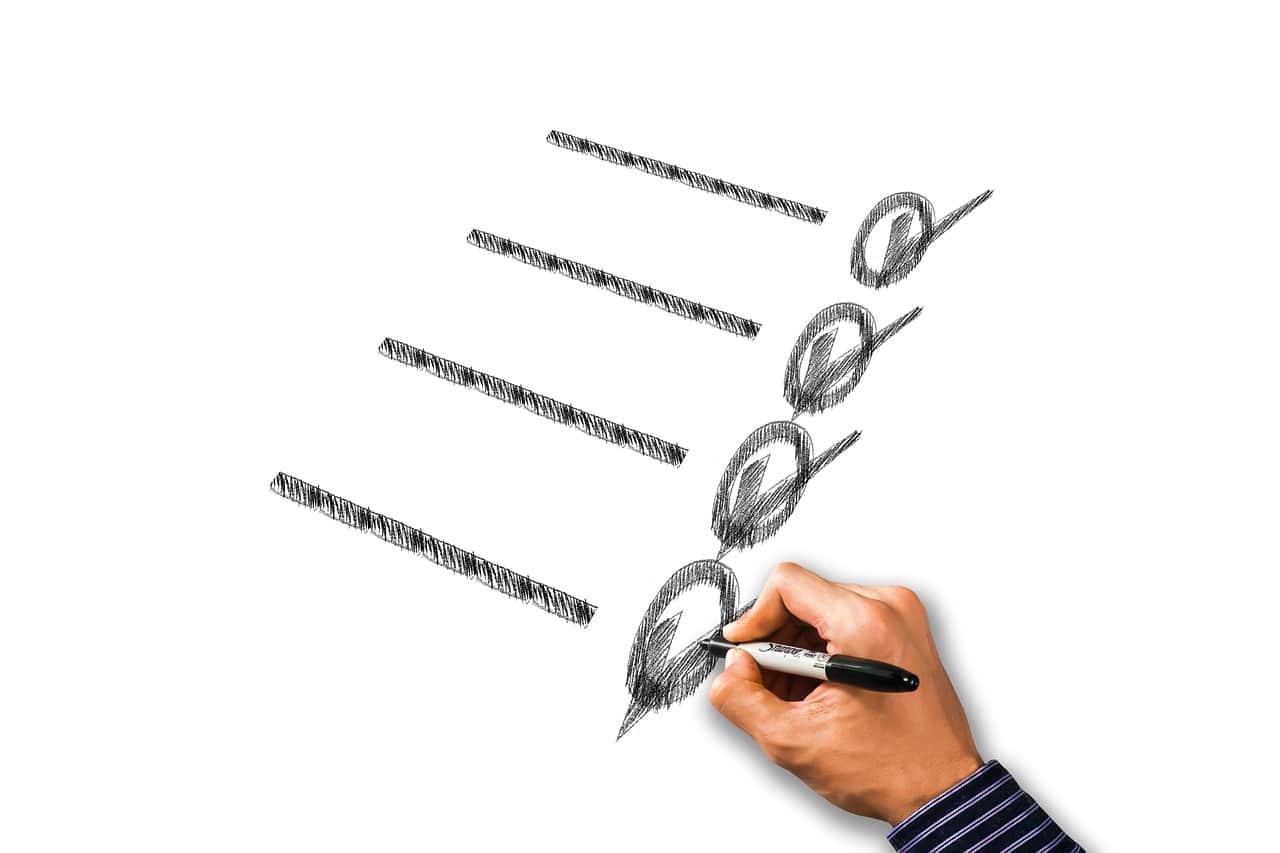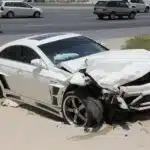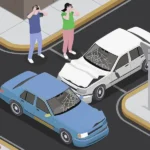When it comes to reducing your risk of being involved in a car accident, proper vehicle maintenance can go a long way. This is because a vehicle that is not functioning at 100% will not perform the way you need, when you need it the most. For instance, if you fail to replace brake lights, a driver behind you may crash into the rear end of your vehicle. Or, if you are driving on worn tire tread you may not be able to brake fast enough to avoid danger.
Keeping your vehicle in optimal condition will help to reduce risks and help you to avoid being a victim in a car accident. However, if you have been injured in an accident, your best course of action moving forward is to speak with an experienced car accident attorney.
Attorney Beverly R. Caruthers has spent decades fighting for justice for her clients. She provides no-cost, no-obligation consultations for those who have been involved in a car accident. Reach out to our team to learn more about how we can help you navigate this difficult time.
What parts of the vehicle should be properly maintained?
Virtually all of your vehicle’s mechanical systems can affect fuel efficiency if not properly maintained. Follow the manufacturer’s recommendations for checking the engine, cooling and ignition system, brakes, drive train and emission-control system. You should consider your vehicle from front to back, bottom to top.
Lights
Make sure that all of your lights work and that your light lenses are clean. Check headlights, taillights, directional signals, and interior lights.
Windshield
Windshields are made out of laminated safety glass which reduces transmission of high frequency sound and blocks 97 percent of ultraviolet radiation. A thin layer of flexible clear plastic film (PVB) is sandwiched between two or more pieces of glass. This plastic film serves to hold the glass in place. If the glass breaks, the film helps lessen injuries which could be caused by flying glass. This structure also affords protection for those inside the vehicle by obstructing possible projectiles from entering the vehicle through the windshield.
If your vehicle has tinted windows, check with your local law enforcement agency to make sure it is in compliance with state sunshading specifications.
It may surprise you to know that the first windshield wipers invented were operated manually. The driver had to physically move a lever back and forth inside the car. Today, of course, windshield wipers work electrically. Some vehicles (especially SUV types) have windshield wipers on the rear window as well. Some vehicles even have windshield wipers on the headlights.
Wiper blades work like squeegees. A thin rubber strip is attached to the blade arm which is swept across the windshield to wipe away the water. The rubber on new blades is clean and smooth so that water can be wiped away. As blades age and become worn, the seal against the window lessens due to nicks or cracks in the rubber or from becoming brittle with age. Worn blades can leave streaks on the windshield that interferes with driver visibility. It is important to clean wiper blades to remove any dirt buildup. Your vehicle’s windshield washer system will help keep the windshield and the wipers clean. Wiping the rubber edge with window cleaner until clean may prolong the blade’s life. When you notice any change in visibility due to the wiper’s performance, replace them with new.
It is important to keep your windshield clean on the inside as well as on the outside. Dirt builds up on the inside that can affect visibility as well.
Mirrors
All vehicles should be equipped with one rearview mirror mounted inside the vehicle that allows a view to the rear of at least 200 feet. A rearview mirror should also be placed on each side of the vehicle mounted on the outside of the vehicle’s front doorframes. Make sure that your mirrors are clean and pointed in the correct direction. The mirrors are designed to assist drivers in keeping track of traffic around their vehicles.
Tires
Tires are designed to grip the road and give the driver directional control. Bald, excessively worn, or improperly inflated tires decrease the ability of the driver to control the vehicle. Rotating your tires helps prolong their life and improve fuel economy. On most vehicles, tires should be rotated about twice a year; however, you should consult your owner’s manual for the recommended rotation pattern and frequency for your vehicle.
Rolling resistance is a key factor that affects a vehicle’s fuel efficiency. Make sure that your tires are properly inflated and not worn away. The best way to reduce rolling resistance is to maintain correct tire pressure. Rolling resistance results in premature tread wear when your tires are under-inflated, increasing fuel consumption. Operating a vehicle with just one tire under-inflated by 6 pounds per square inch (PSI) can substantially reduce the life of the tire and increase the vehicle’s fuel consumption by three percent. Tire pressure needs special attention in cold weather. It can be expected to drop by about 1 PSI for every 10oC drop in temperature. Tires also lose a certain amount of pressure due to their permeability (by some estimates, as much as 2 PSI per month). Tire pressure should be checked when the tires are cold (for instance, when the vehicle has been stationary for at least three hours).
Wheel alignment should be checked once a year. Misaligned tires will drag and will not roll freely as they are intended to do. This will increase fuel consumption, reduce tire life, and cause problems with the vehicle’s handling and ride. While driving, you can perform a self-check on your wheel alignment. On a straight, flat and traffic-free stretch of road, rest your hands lightly on the steering wheel and drive at an even speed. If the vehicle pulls to one side, the wheels may be misaligned.
Wheels should also be balanced. If they are out of balance, the driver will feel a pounding or shaking through the steering wheel. This pounding will shorten the life of other suspension components and will produce uneven tire wear, which will increase fuel consumption. Tires that are not balanced exhibit a wear pattern that looks like a series of bald spots.
Remember, don’t neglect the spare tire. Make sure the necessary tools for replacing a tire are appropriately accessible.
You should check tire pressure and look for signs of uneven wear or embedded objects that can cause air leaks. In winter, check tire pressure whenever there is a sharp change in temperature.
Oil
Car engines run particularly well when they are regularly lubricated. Oil lubricates the moving parts of the engine, minimizing metal-to-metal contact, thereby reducing friction and carrying away excess heat. Oil also captures dirt, metal shavings and other impurities from the engine enabling the transfer of these injurious substances into the vehicle’s oil filter. For best engine performance, fuel efficiency and reduced emissions, use only the oil recommended in your vehicle’s owner’s manual. Regular engine oil changes cost between $10 and $30 — a far cry from the expense of replacing or rebuilding an engine!
Check around the car and under the engine for fluid leaks. Generally, you can often identify the type of fluid that is leaking by its color. Oil is black, coolant is a bright greenish yellow, automatic transmission fluid is pink, and power steering and brake fluids are clear, with a slight brown tinge. All of these fluids are oily to the touch.
Belts, hoses, regular tune-ups
Have your belts and hoses checked at the regularly scheduled time periods mentioned in your owner’s manual. Also, get a tune-up at the scheduled maintenance time. Check under the hood for cracked or split spark plug wires, cracked radiator hoses or loose clamps and corrosion around the battery terminals.
Emission-control systems
Modern vehicles are equipped to treat exhaust emissions before they are released into the atmosphere. The emission-control system must be inspected and maintained according to the manufacturer’s recommendations. If you experience problems such as stalling or poor acceleration, or if your exhaust produces black or blue smoke, your vehicle is probably polluting the air and needs servicing.
Ignition systems
Proper maintenance of your vehicle’s ignition system is critical. Spark plugs ignite the air-fuel mixture. If one or more of the plugs is worn or malfunctioning, the engine will misfire, and some fuel will remain unburned. Worn or damaged spark plug wires can also cause misfiring. A misfiring engine wastes fuel, produces higher levels of emissions and generally performs poorly.
Brakes
The foot brake must be capable of stopping the vehicle within a distance of 25 feet at a speed of 20 miles per hour. The parking brake should be adequate to stop and hold the vehicle. While driving, you can perform a self-check on your brake system. On a straight, flat and traffic-free stretch of road, rest your hands lightly on the steering wheel and apply the brakes gradually. If the vehicle swerves to one side, one of the brake linings may be worn more than the other, or the brakes may need adjustment. If this happens, make sure to get the vehicle to a proper mechanic.
Your vehicle’s brake pedal is designed so that when it is pressed, the force of the pressure is multiplied several times. The hydraulic system that operates your vehicle braking system transmits the force from your foot to its brakes through brake fluid.
It is important to pay attention to any strange sounds you may hear when you apply your brakes, such as grinding or squeaking sounds. Any such noise should alert you to have your brakes inspected. The brake pad wear limit indicators on disc brakes give a warning noise when the brake pads are worn to where replacement is required.
Your vehicle’s owners manual will supply you with the correct information on maintaining the correct level and type of brake fluid.
Spanish Speaking Car Accident Lawyer in Houston, Texas
Spanish-speaking individuals can have a more difficult time seeking justice in their personal injury cases due to language barriers. This causes them to not take action against those who have left them with financial devastation and physical trauma. At the Law Office of Beverly R. Caruthers, our team refuses to let a language barrier affect your right to justice and compensation. If you or someone you love has been injured in an accident and is in need of Spanish-speaking legal advice, our team is here for you.
Personal Injury Lawyer in Houston, Texas
If you or someone you love has been involved in a car accident and suffered an injury, experienced loss of income, or are unable to work due to a car accident, you can benefit from the services of a Houston car accident expert in your personal injury case. Whether you missed work due to an injury or due to not having access to a vehicle, Attorney Beverly R. Caruthers can help you!
Beverly R Caruthers Law Office
Address: 4141 Southwest Fwy, Suite 620
Houston, TX 77027
(713) 526-9557
View our Website
View our Facebook page
View our Google Listing






